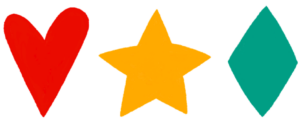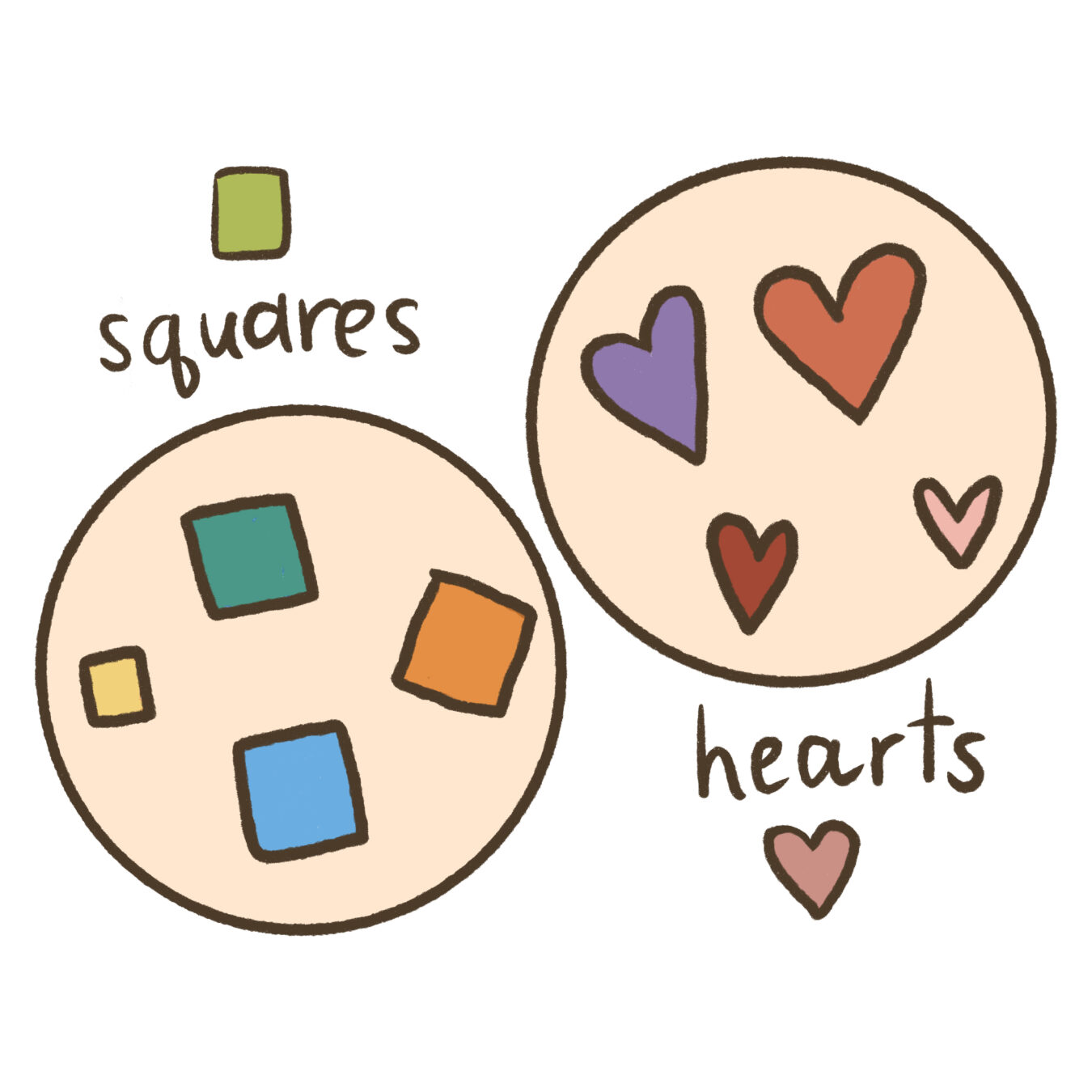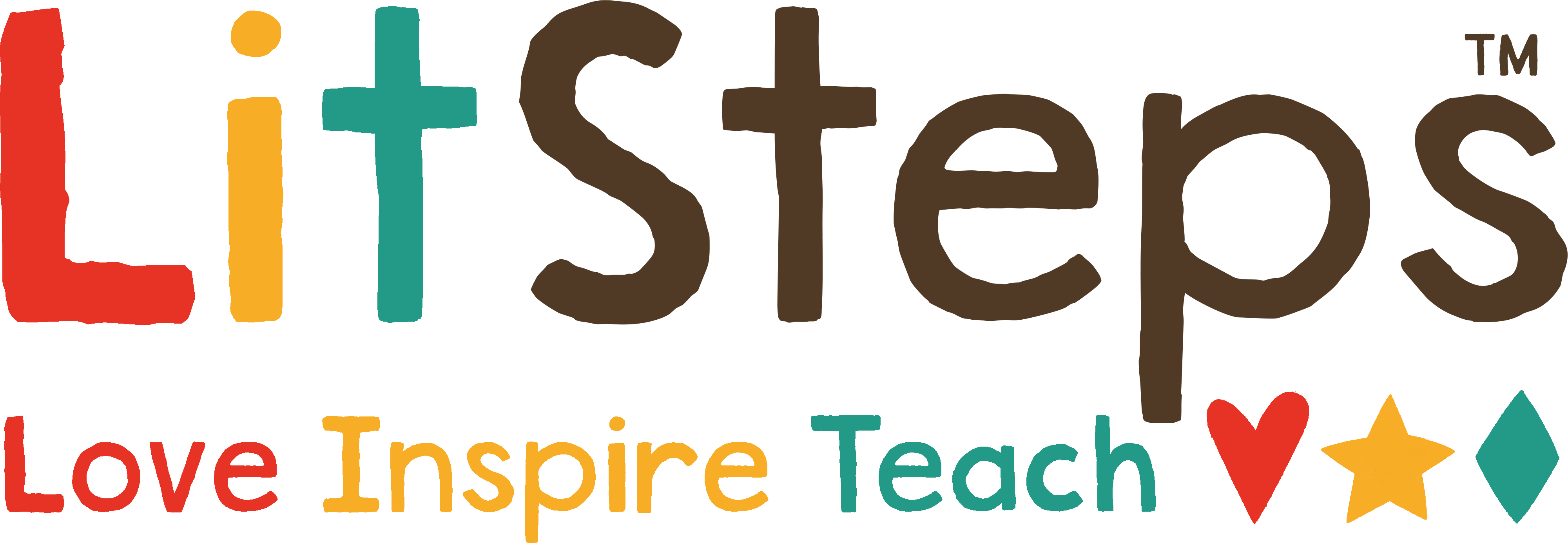
Teach
Learning to Sort
Sorting
It's highly likely that your child is already sorting the things in their life. The foods they like vs. the ones they dislike. The toys they favor are in a place of prominence, while the rest are forgotten in a box or a cabinet. Sorting is a cognitive function that leads to more complex math concepts as they mature.
Skill Building
Why
Students must learn to sort before they can be taught how to recognize patterns, perform math functions, and group objects by complex attributes such as cloth or plastic.
What
Your child has been learning to identify items by color, shape, and size. Then they learned how to match objects that were similar. Now it's time to put that knowledge to the test. Children can now practice their abilities by sorting objects in different ways using their attributes.
How
Children enjoy being helpers. Sorting clean laundry is an excellent activity. And there are so many ways they can sort it. Have them sort the laundry by color, or type of clothing (socks, shirts, pants), or by size (grown-up vs. child-sized). Another fun sorting activity is a nature walk. You can collect leaves, flowers, seeds, small rocks, or twigs. When you get home, have them sort the collection in different ways (size, shape, type, color).
Where
Ask your child to sort the toys in their bedroom, the clothes in their drawer, or the books on their shelf. They can sort photos, magazine cut-outs, puzzle pieces, mixed pasta shapes, buttons, or that pile of junk mail you want to recycle.
When
The time your child can focus on sorting items will vary depending on their age and interest level. Maybe your dresser drawers or pantry shelves need to be tidied. Focus on one shelf or one drawer a day and allow your child to sort items while you purge and tidy. If you have blocks or lego in the house, ask your child to spend five minutes sorting them before they build with them.
Next
Next, we'll talk about about using learning tools. Everything from handling books, to using scissors must be explicitly taught. In order to use the tools, your child must first know how to handle the tools properly. Using tools is also a big safety concern in early childhood classrooms. Help your child learn these skills before they are one student in a group of twenty or more who have no idea how to cut in a straight line.


